

How does diet impact my research?
Scientists meticulously design their research studies so they can make conclusive statements about what their results mean. However, firm conclusions from a single study are rarely the final goal. It...
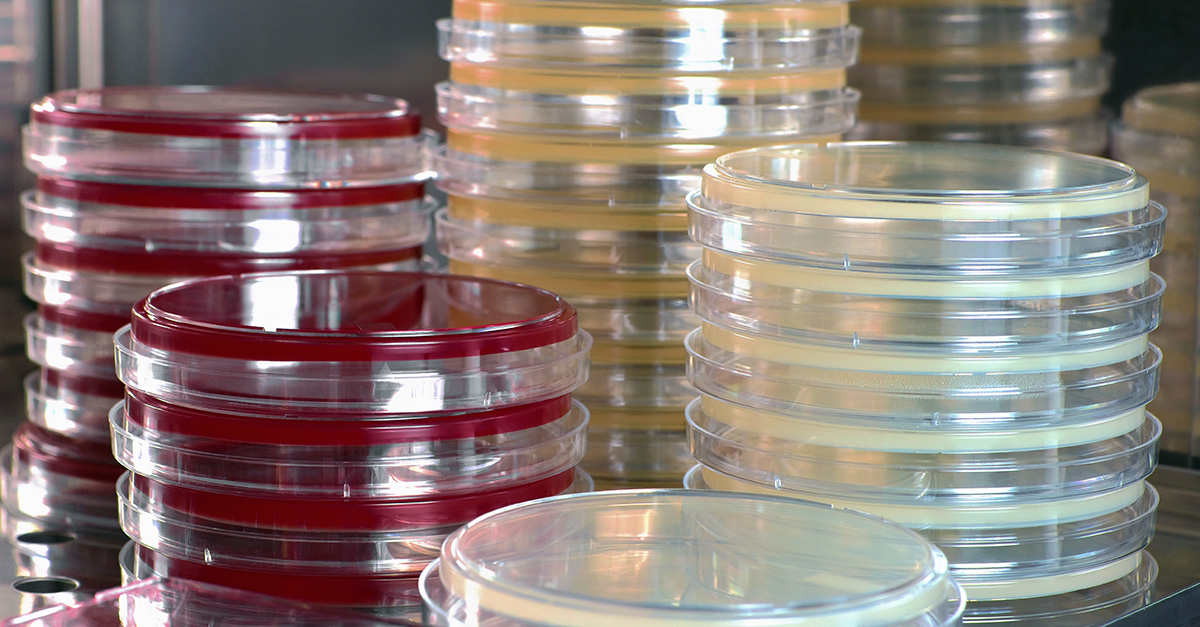
Progress in diets to induce nonalcoholic fatty liver disease (NAFLD) and nonalcoholic steatohepatitis (NASH)
The prevalence of nonalcoholic fatty liver disease (NAFLD) is increasing, with ~24% of the US and European populations estimated to be affected. NAFLD is defined as the presence of fat in liver...
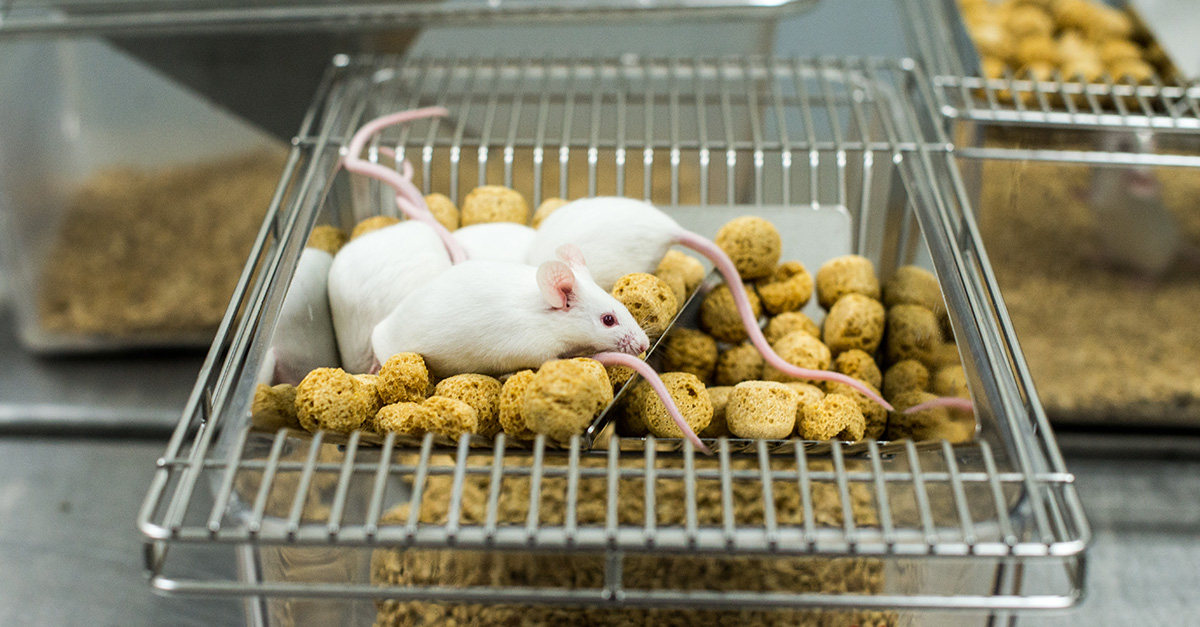
5 considerations for finding a model and running your diet induced obesity (DIO) study
Many diabetes and obesity research studies rely on diet induced obesity (DIO) models, but there are many options and considerations for maximizing the effectiveness of your study. Two Inotiv...
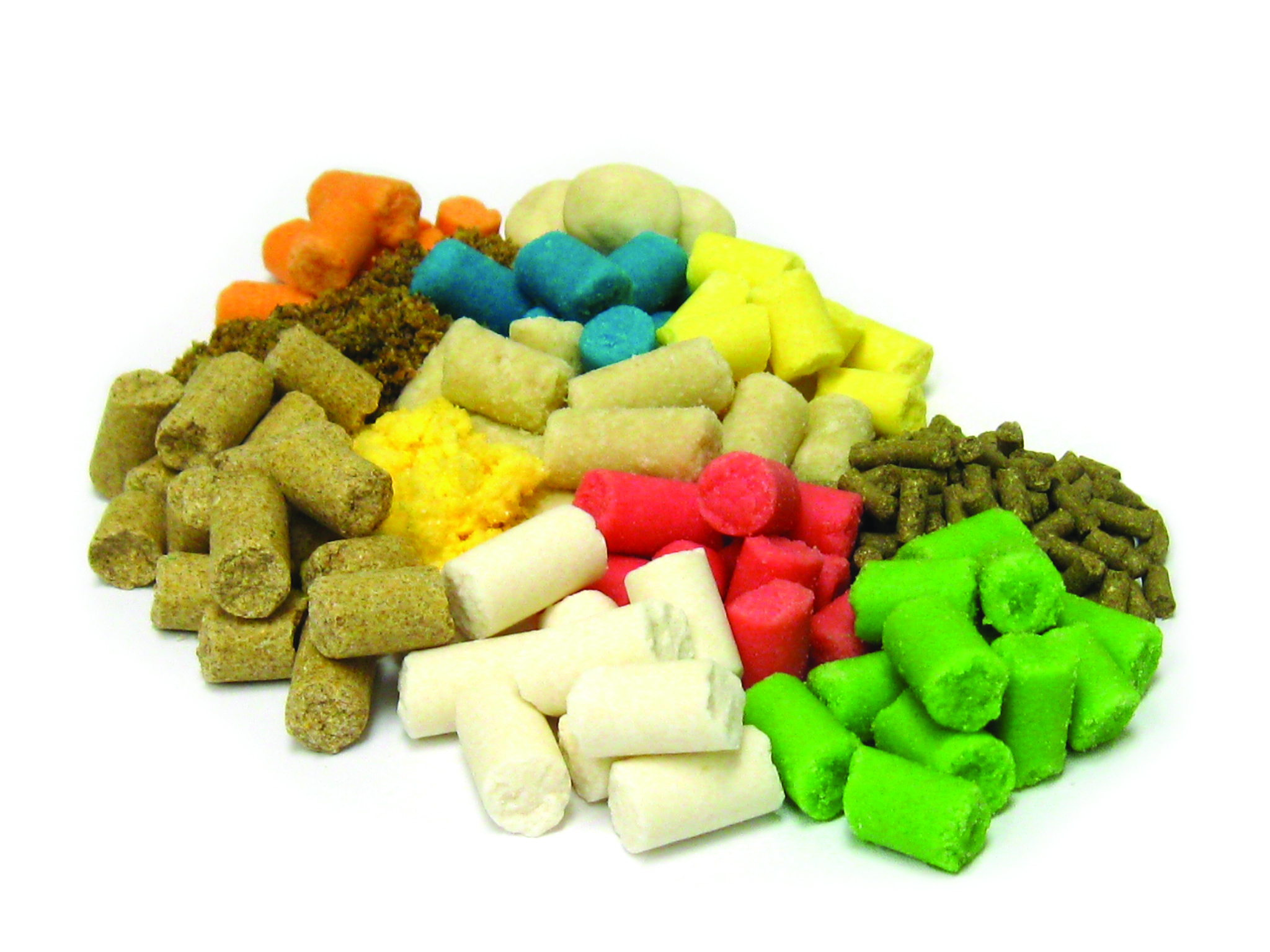
Incorporating Test Compounds in Lab Animal Diets
A convenient approach to dosing research animals is adding compound(s) to diet. Inotiv offers a service that allows researchers to add their compound(s) of interest to animal diets. When adding a...
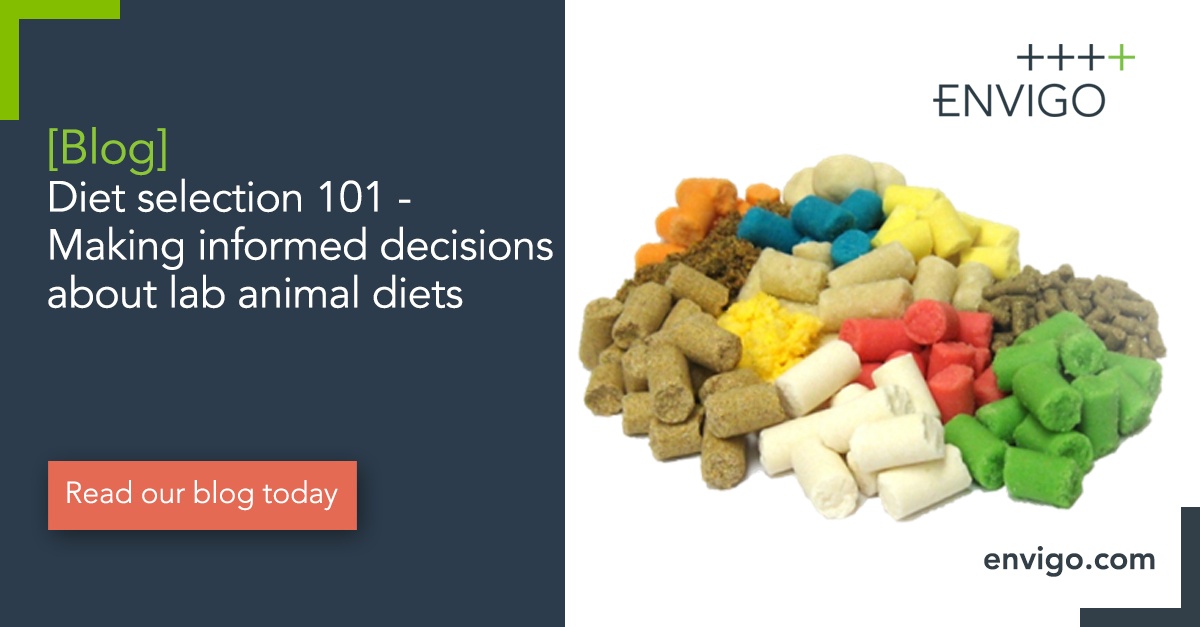
Diet selection 101: Making informed decisions about lab animal diets
Diet continues to be an overlooked variable in experimental investigations, impacting reproduction, growth, and disease, as well as affecting the response to experimental manipulation in laboratory...
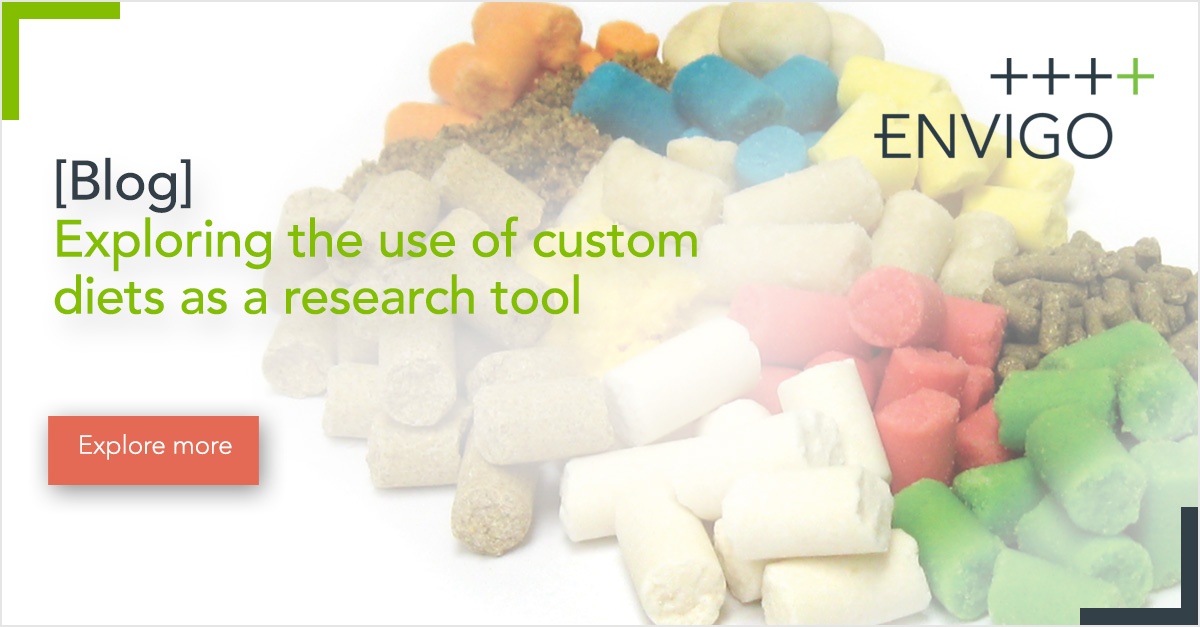
Exploring the use of custom diets as a research tool
A strategic custom diet can serve as a vital research tool. This post will discuss how custom lab animal diets are fed for a defined purpose, such as nutrient control, inducing disease, or as a...
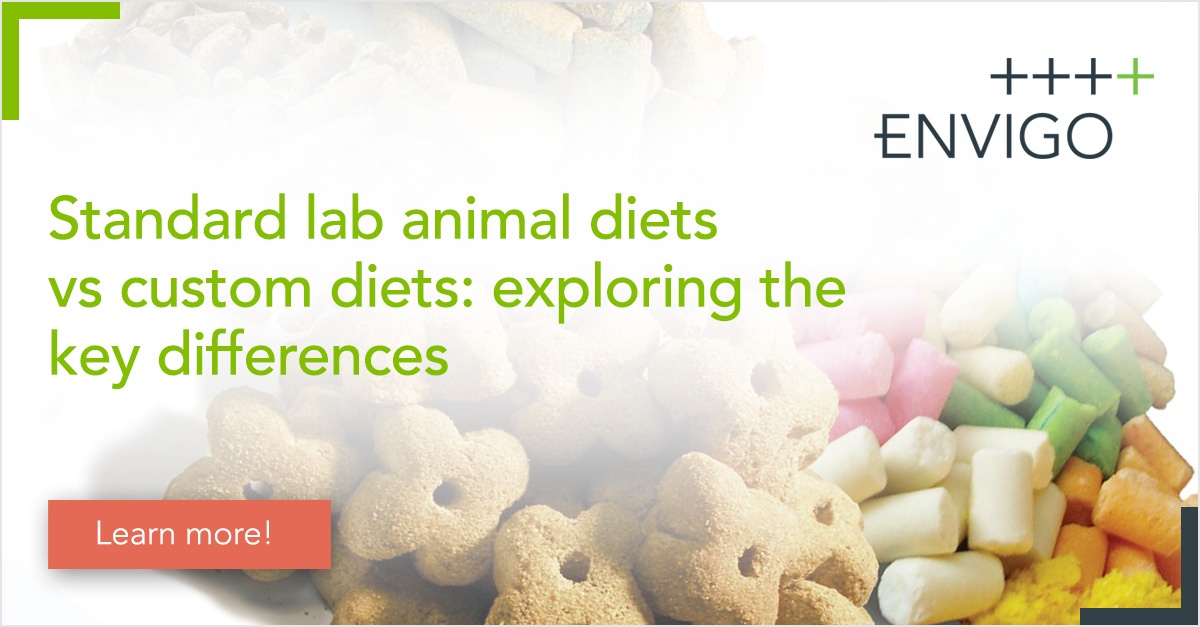
Standard lab animal diets vs. custom diets: exploring the key differences
Researchers today have a plethora of options to choose from when it comes to feeding laboratory animals. Let’s explore the differences between standard diets and custom laboratory animal diets.

